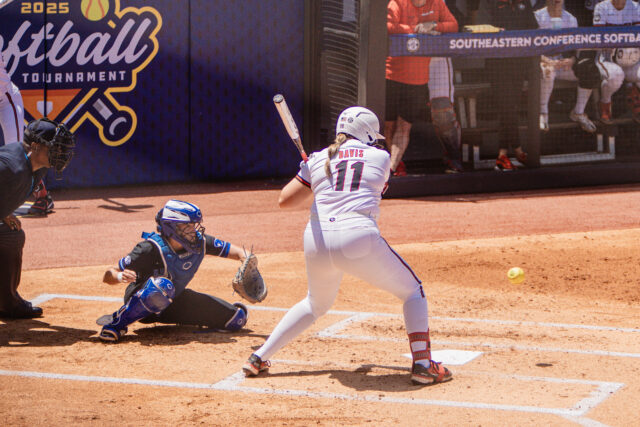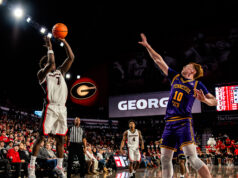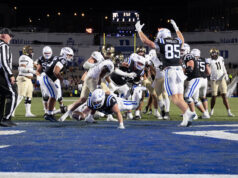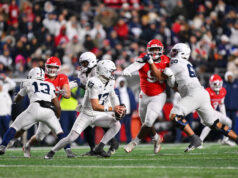New York, NY—For decades, the NCAA profited while the athletes who powered its billion-dollar industry received nothing but tuition and meal plans. But the era of silence is over. College athletes deserve to be paid—not just through scholarships or name, image, and likeness (NIL) deals—but with real, regulated compensation that reflects the value they bring to universities and the sports economy at large.
This isn’t about entitlement. It’s about equity.
Billions on Their Backs
Every March, we watch the NCAA basketball tournament rake in over a billion dollars in media rights. Football bowl games and conference championships generate even more. Coaches land multi-million-dollar contracts. Athletic directors get bonuses. Schools expand facilities. Meanwhile, the athletes—the very people filling stadiums, boosting enrollment, and generating national buzz—have historically received nothing beyond the “opportunity” to play.
Would you let someone else make millions off your labor while telling you it’s for your own good?
The Myth of the “Free Education”
Defenders of the status quo often claim athletes are already compensated with scholarships. But let’s be honest: a full-ride scholarship doesn’t pay rent, cover family expenses, or provide long-term financial security—especially for athletes who may never make it to the pros. Many athletes come from low-income backgrounds and face pressure to support their families while balancing grueling athletic schedules with academics.
Scholarships are a start, not a substitute for pay.
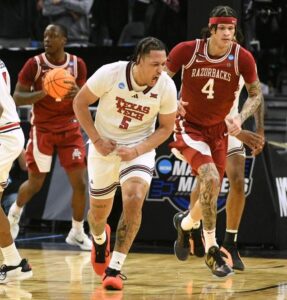
NIL Is Progress, Not the Finish Line
The introduction of NIL deals has been a step forward, allowing athletes to profit off their own image through endorsements, appearances, and sponsorships. Athletes like Angel Reese, Livvy Dunne, and Shedeur Sanders have become millionaires while still in college—proving that college athletes have real market value.
But NIL deals aren’t guaranteed. They depend on visibility, marketing, and sometimes social media savvy—not always on athletic contribution. What about the offensive lineman opening holes for the star running back? Or the volleyball captain who leads her team but doesn’t have a national platform?
True equity would mean baseline compensation for all athletes, not just the marketable few.
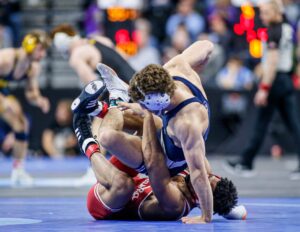
Amateurism Is a Broken Model:
The NCAA has long clung to “amateurism” as a shield to avoid paying athletes. But that model is outdated and exploitative. These aren’t high school kids playing for fun. They’re national entertainers, corporate assets, and in many cases, the reason a university even makes national headlines.
If coaches can sign eight-figure deals, if broadcasters can profit off their names, and if schools can sell jerseys with their numbers, athletes should have a seat at the financial table.
What Real Change Looks Like:
Paying college athletes isn’t about turning universities into professional leagues. It’s about fairness. It’s about recognizing the financial engine behind the most profitable college programs: student-athletes.

A sustainable system could look like this:
- Revenue-sharing between programs and athletes.
- Baseline salaries for athletes in revenue-generating sports.
- Stronger health, injury, and education protections.
- Continued access to NIL, with transparency and regulation.
The Bottom Line:
College athletes don’t just deserve to be paid. They’ve earned it—with every sprint, every injury, every game-day performance, and every jersey sold.
The NCAA’s free ride is over. It’s time to move past applause and headlines and give athletes what they’re truly owed: a seat at the financial table. The question is no longer whether we can afford to pay them—but whether we can afford not to.



